“I’ve made paintings from verbatim with words from lyrics in music or certain sections of books. Of course the words I use come from every source. Sometimes they come from a conversation in a podcast and sometimes in one on one conversations, or things I see on the street. I’ve had ideas come to me literally in my sleep, on the subway, or while sitting in the lineup surfing. I tend to lean into these ideas and on blind faith I feel obliged to use.”
Words and phrases started at the centre of Robert Santorés work and first appear in his paintings as early as 1987.
The use of words and text in twentieth century art can first be traced back to cubist painters such as Georges Braque and Pablo Picasso who added letters and words, painted and collaged, into still lives.
Playing with language was also central to Dada artists who left an important legacy with their radical, often humorous use of words.
The dadaists as well as the 1960’s pop artists, Jasper Johns, Robert Rauschenberg, Warhol, Ed Ruscha and the monumental large scale works by James Rosenquist are all influential inspirations to Santoré and his use of words in an ambiguous and playful way could be seen as an expression of that influence.
Santoré plays with language in his text pieces, using devices such as onomatopoeia (a word that sounds like its meaning), puns, alliteration (a phrase or series of words where the first or second letter is repeated), and contrasting meanings.
Many of his early works such as FAMOUS (1988) depict single words in a strong typographic format or font. A more brooding atmosphere emerges in the later series, HIGH YIELD JUNK BOND (1989), which illustrates the words overlaid with imagery recalling declining Southern California industrial complexes.
Other works such as FITS & STARTS (2019), FAST FOOD (2021) & PÃPƏL NUNCIO (2022) reference advertising while setting the text against iconic abstraction of cold war and space race era imagery Santoré witnessed as a child of a military family during the Vietnam War. His keen interest in the Apollo Moon missions as a child resonates as well as his introduction to renaissance masterworks retooled and germane to current commercial and social media trends.
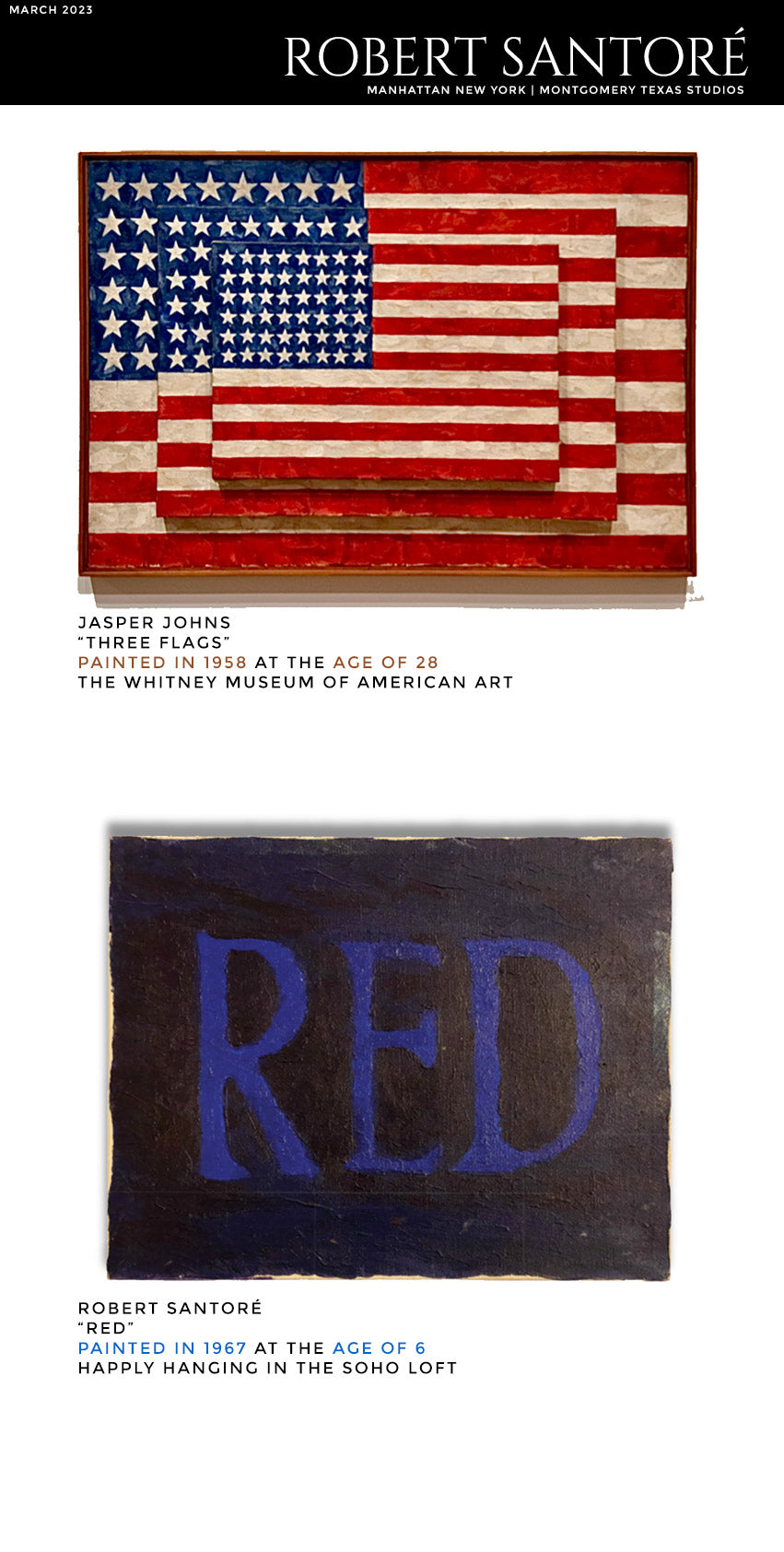
What Started It All
My family moved from the United Kingdom to Southern California. My father had been stationed at Bentwaters Air Force base and was transferred to March Air force base.
As a family, we dove right in to the Southern California lifestyle and in 1966 moved to Huntington Beach. We did all the things that young family’s did at that time, Disneyland, Knott’s Berry Farm, Universal Studios and Marine Land to camping in Joshua Tree National park and the gold rush country in the High Sierra Mountains.
We had late night bone fires at the beach with “newly descoved mexican food” and it seemed as if the music of the time was always on in the background as a sound track in our lives.
I started surfing at 7 and skateboarding the next year. The free range childhood, no holds bar open culture of Southern California was a dynamic colour filled dramatic change from the blue and grey scheduled life of being a military (air force brat) child.
A very early memory that sticks out is when my mother took me to the Ferus Gallery in Los Angeles. As we drove she told me the two of us were “going to see some very special things that she wanted to show me and meet some cool people.”
"We looked at works by Andy Warhol, Wallace Berman, Billy Al Bengston, Ed Moses, Robert Irwin, John Mason, Kenneth Price, Llyn Foulkes, Larry Bell, Ed Ruscha."
Later that day I found myself in a garage in the Hollywood hills watching Billy Al Bengston and Ed Ruscha painting surfboards while my mom sat with others from the gallery opening sipping wine, laughing and enjoying the sunset over the Los Angeles Basin. On the way home I asked if we could stop and buy some art supplies. The next day we did:
1 canvas2 bushes
1 tube of Cobalt blue
1 tube of Prussian blue
1 tube of Mars black
I still own the painting and it hangs today in the Soho loft.
The result was “RED”
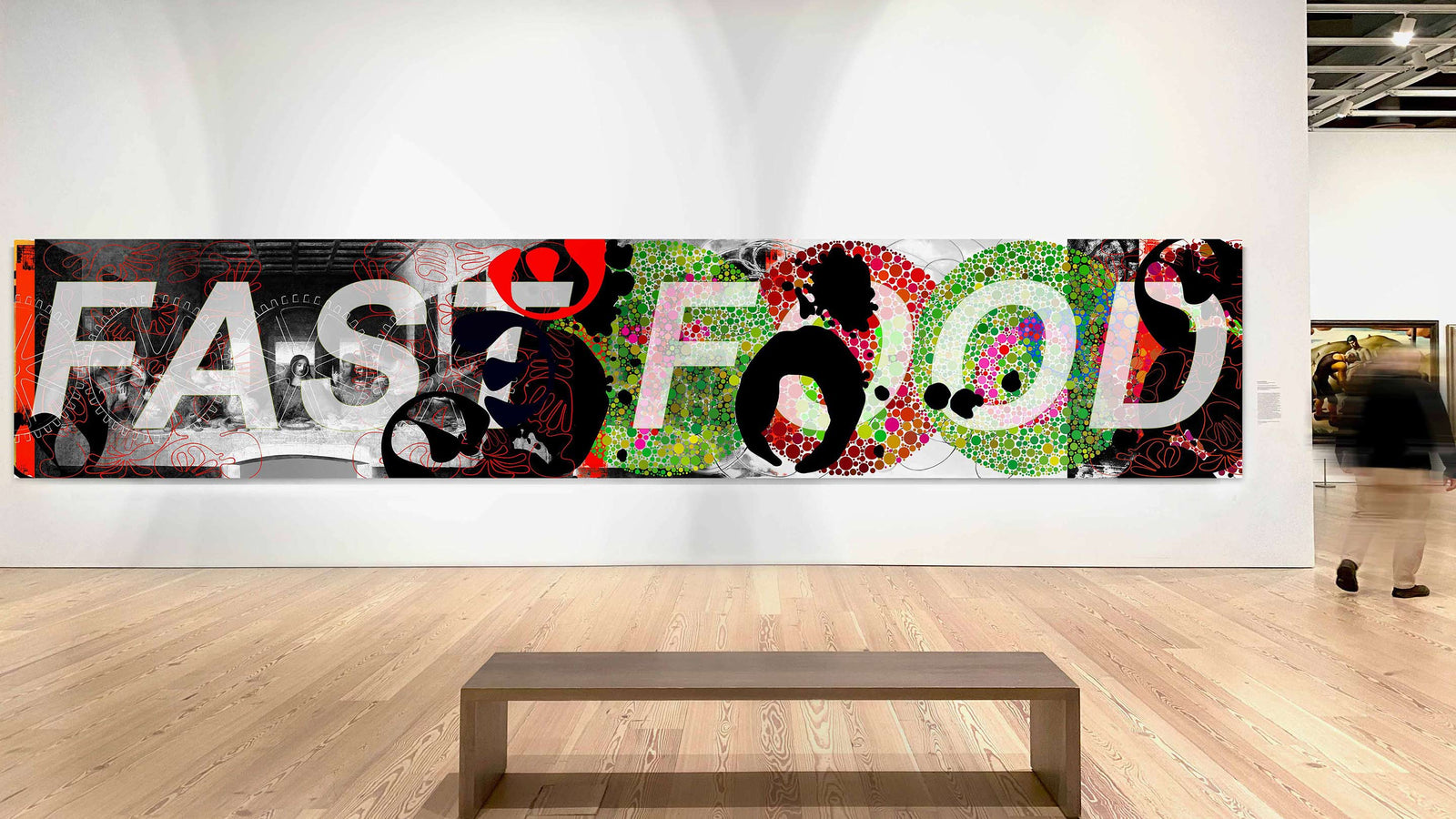
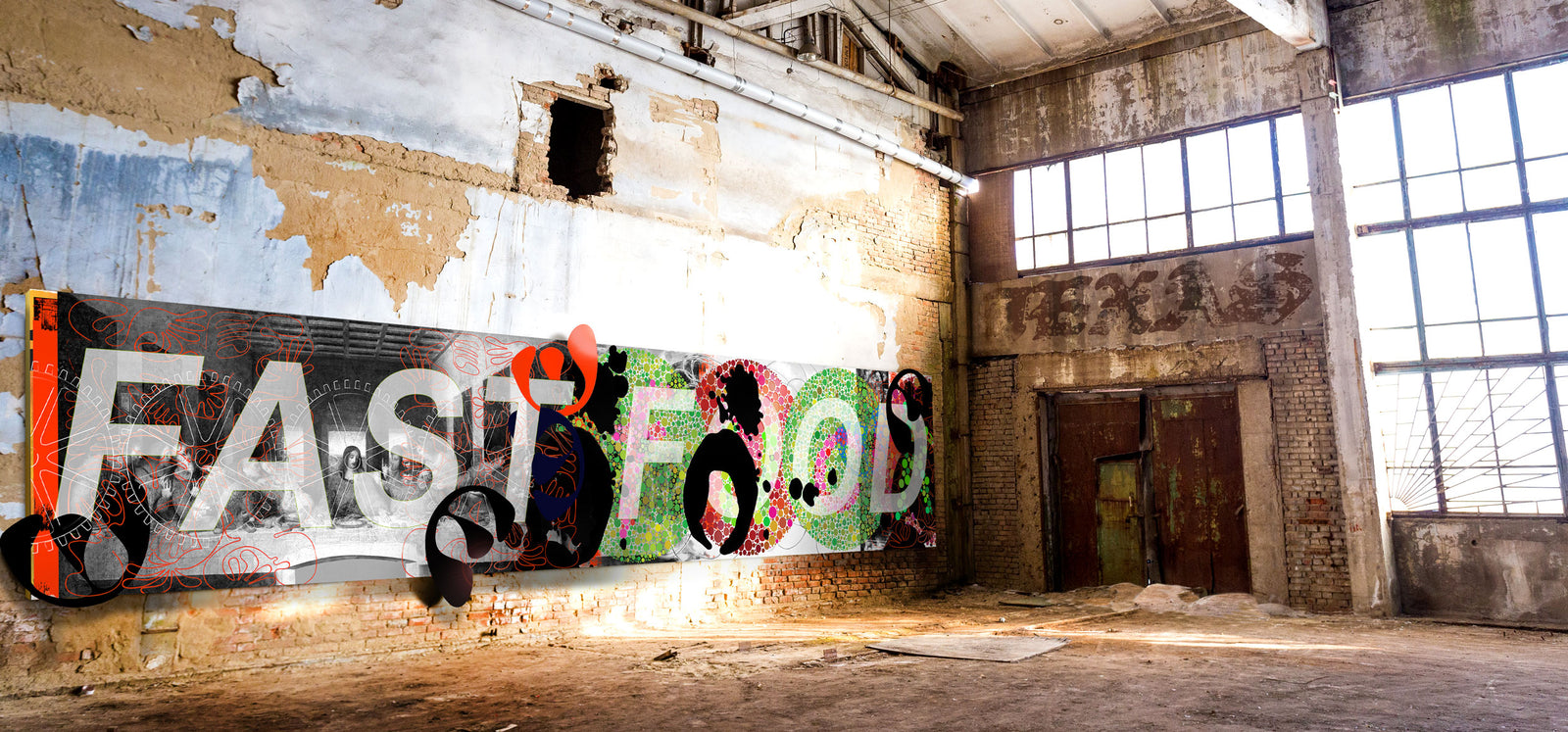
60 x 306in (152.4 x 777.24cm) | Oil, oil stick, military & industrial enamels, aluminum shapes on birch panel with micro-layer clay ground
View on Artsy | View Paintings | View Editions
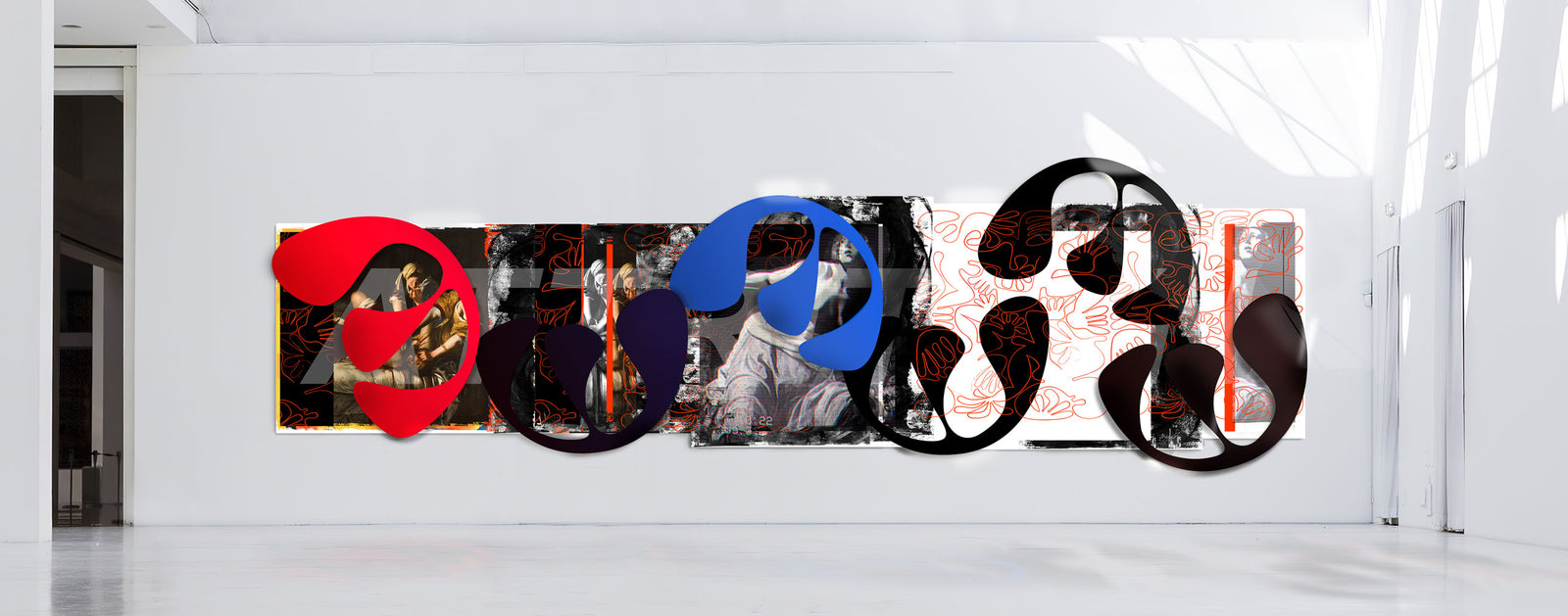
c 60 x 276in (152.4 x 701.04cm) | Oil, oil stick, military & industrial enamels, aluminum shapes on birch panel with micro-layer clay ground
Experience Paintings | View Paintings | View Editions
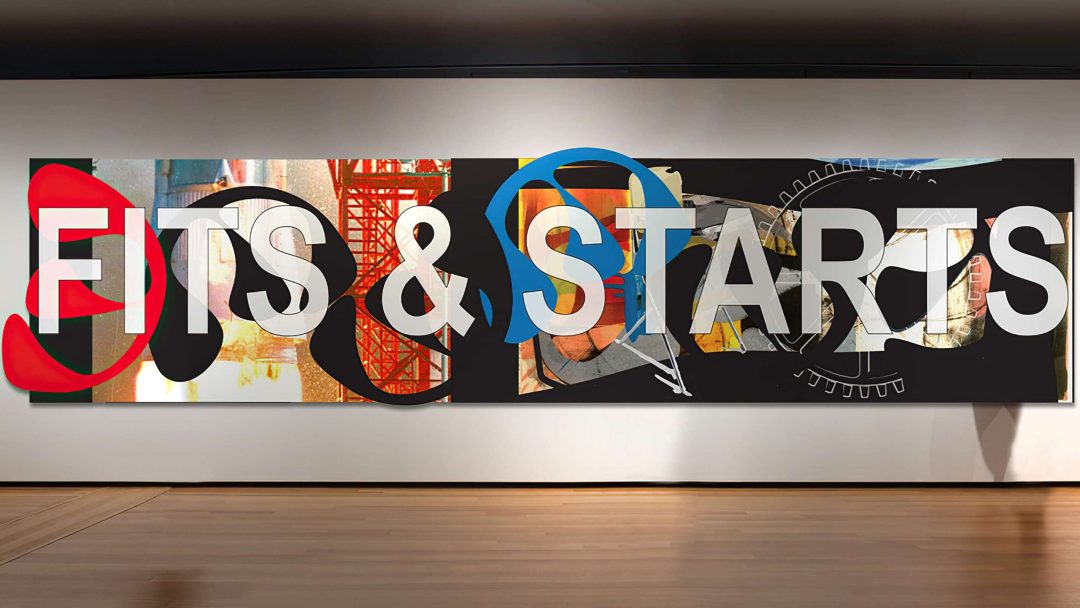
60 x 216in (152.4 x 548.64cm) | Oil, oil stick, military & industrial enamels, aluminum shapes on birch panel with micro-layer clay ground
View Paintings | View All Fits & Starts Jellyfish Editions

60 x 216in (152.4 x 548.64cm) | Oil, oil stick, military & industrial enamels on birch panel with micro-layer clay ground
Experience Paintings | View Paintings | View Editions
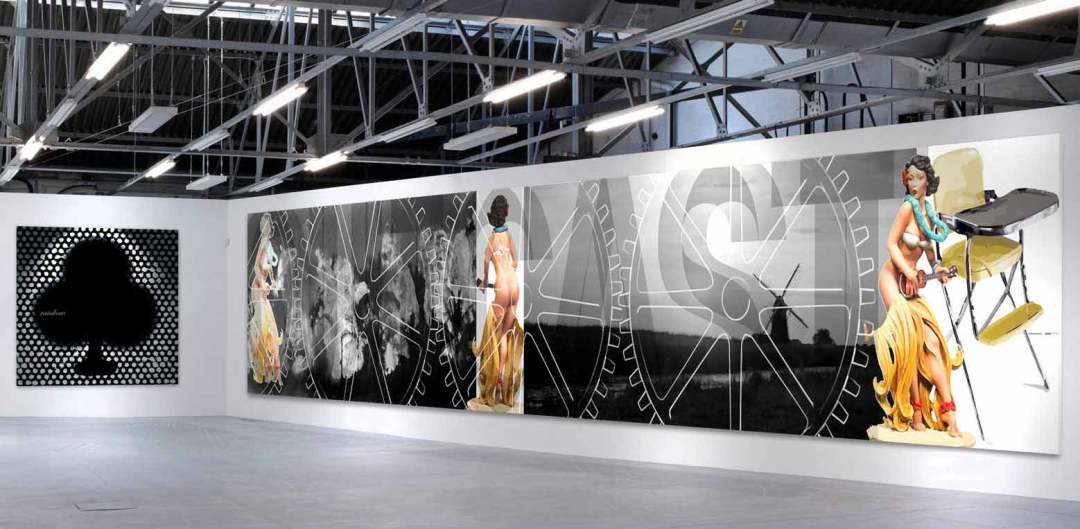
60 x 216in (152.4 x 548.64cm) | Oil, oil stick, military & industrial enamels on birch panel with micro-layer clay ground
Experience Paintings | View Paintings | View Editions
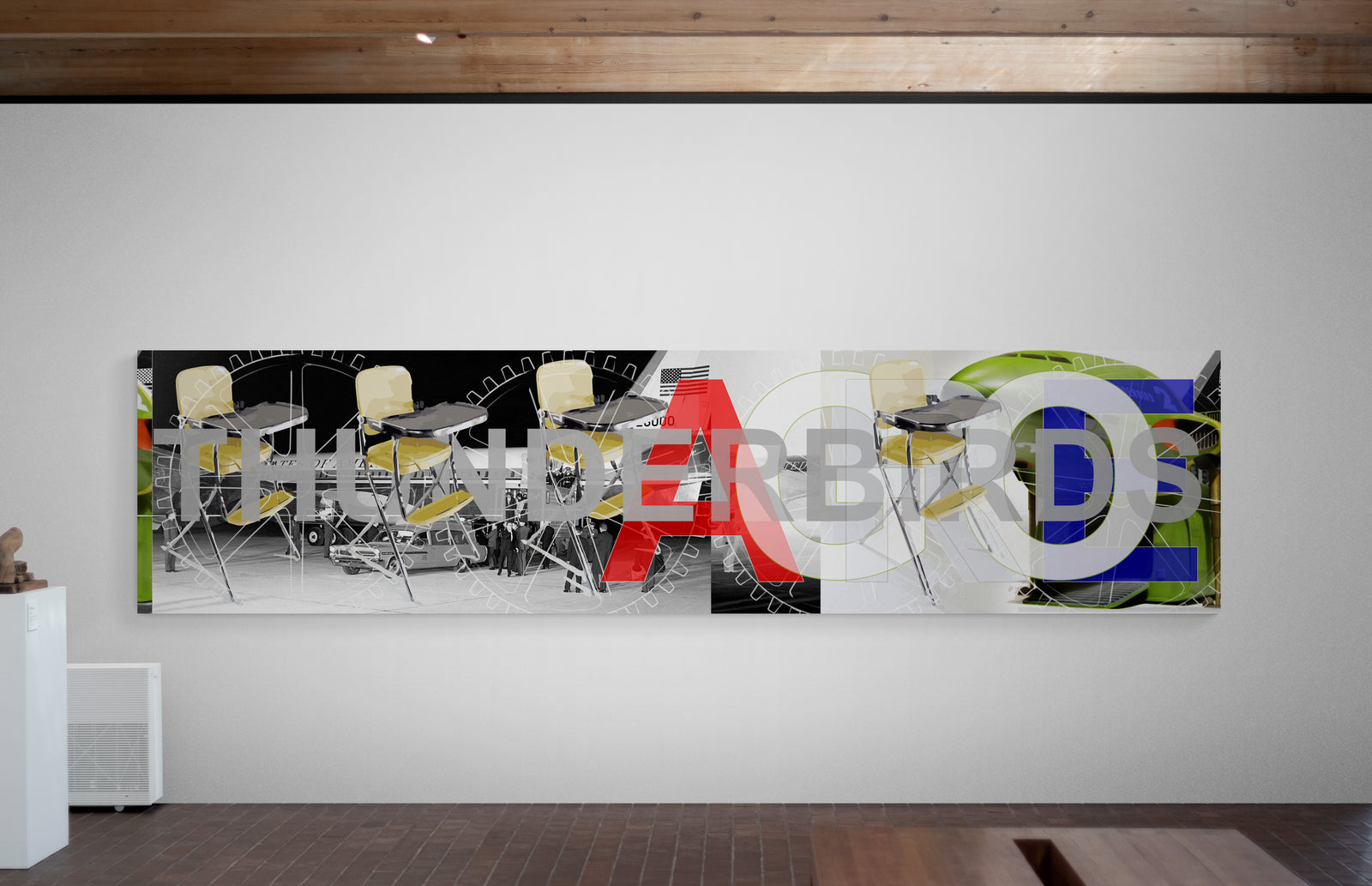
36 x 144in (91.44 x 365.76cm) | Oil, oil stick, military & industrial enamels on birch panel with micro-layer clay ground
View Editions

©1988 60 x 126 X 120in (152.4 x 320.04 x 304.8cm) | Oil, oil stick, military & industrial enamels, roofing tar, bees wax and encaustic, solvent-transfer, newsprint, chalk & charcoal on canvas on birch panels w/14ct gold chain & galvanized nail
View on Artsy

©1989 60 x 276in (152.4 x 548.64cm) | Oil, oil stick, military & industrial enamels, roofing tar, bird shit, solvent-transfer, newsprint, chalk & charcoal on canvas on birch panels
View on Artsy | View Editions
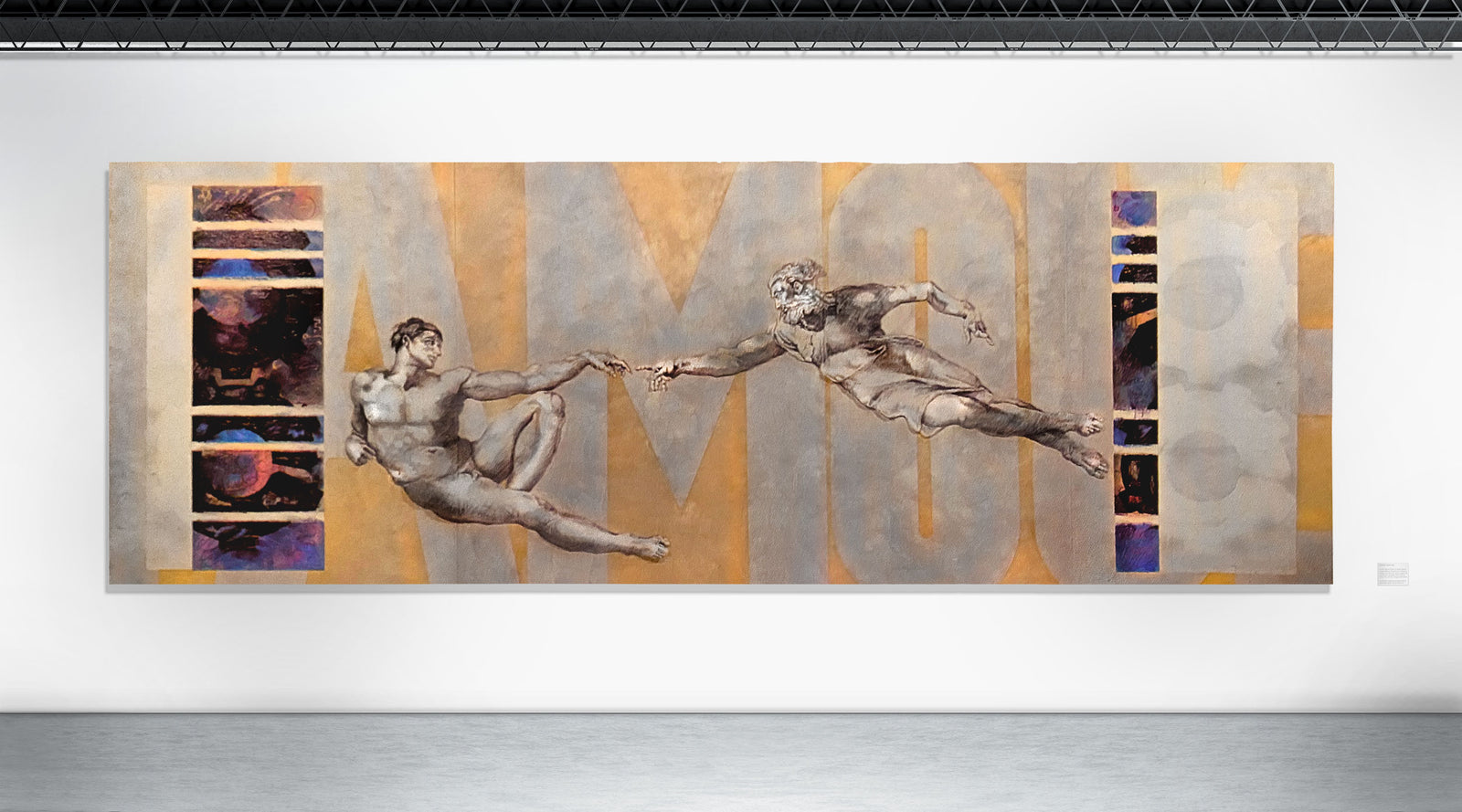
©1988 60 x 276in (152.4 x 548.64cm) | Oil, oil stick, military & solvent-transfer, newsprint, chalk & charcoal bees wax and encaustic on canvas


